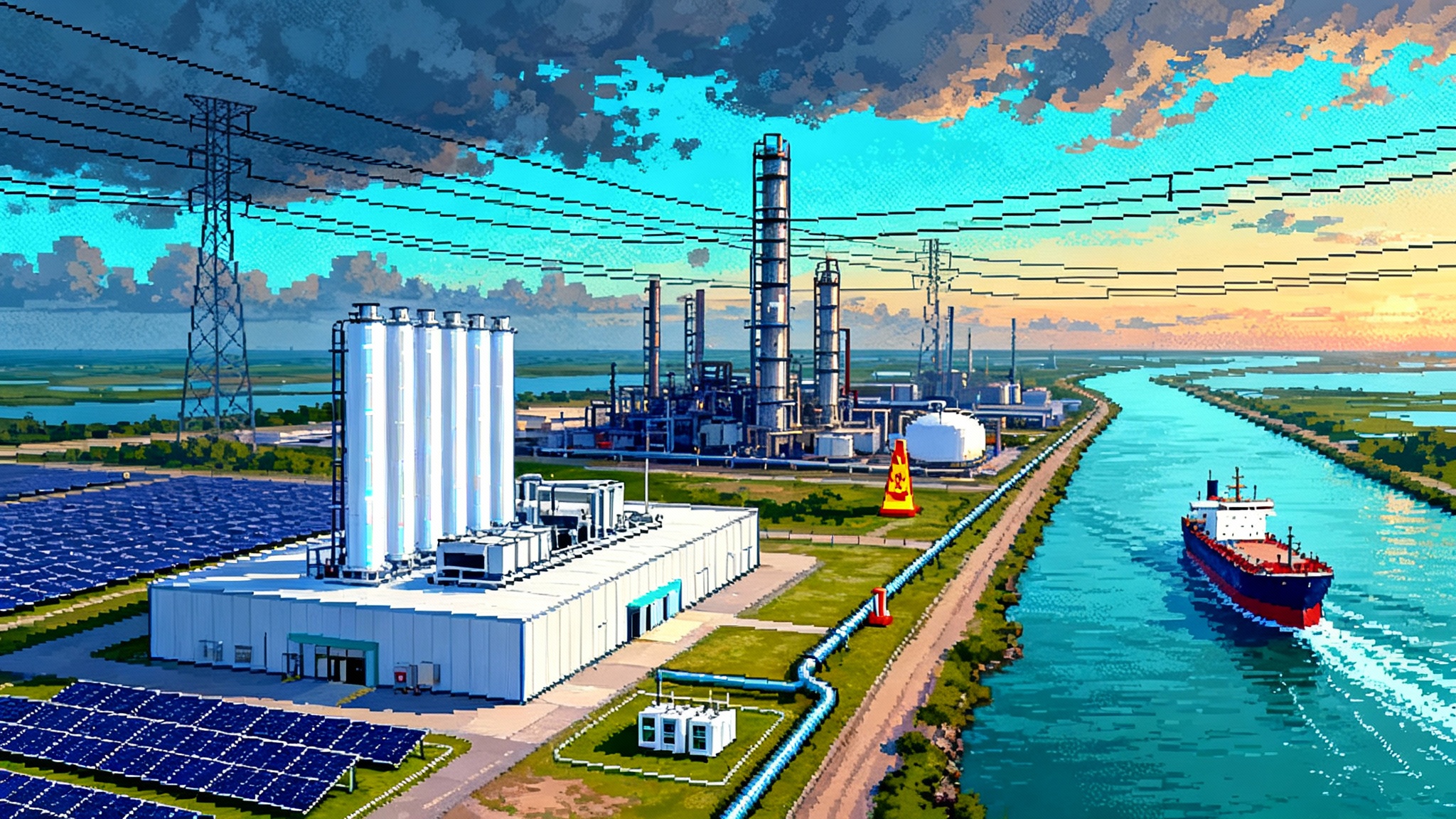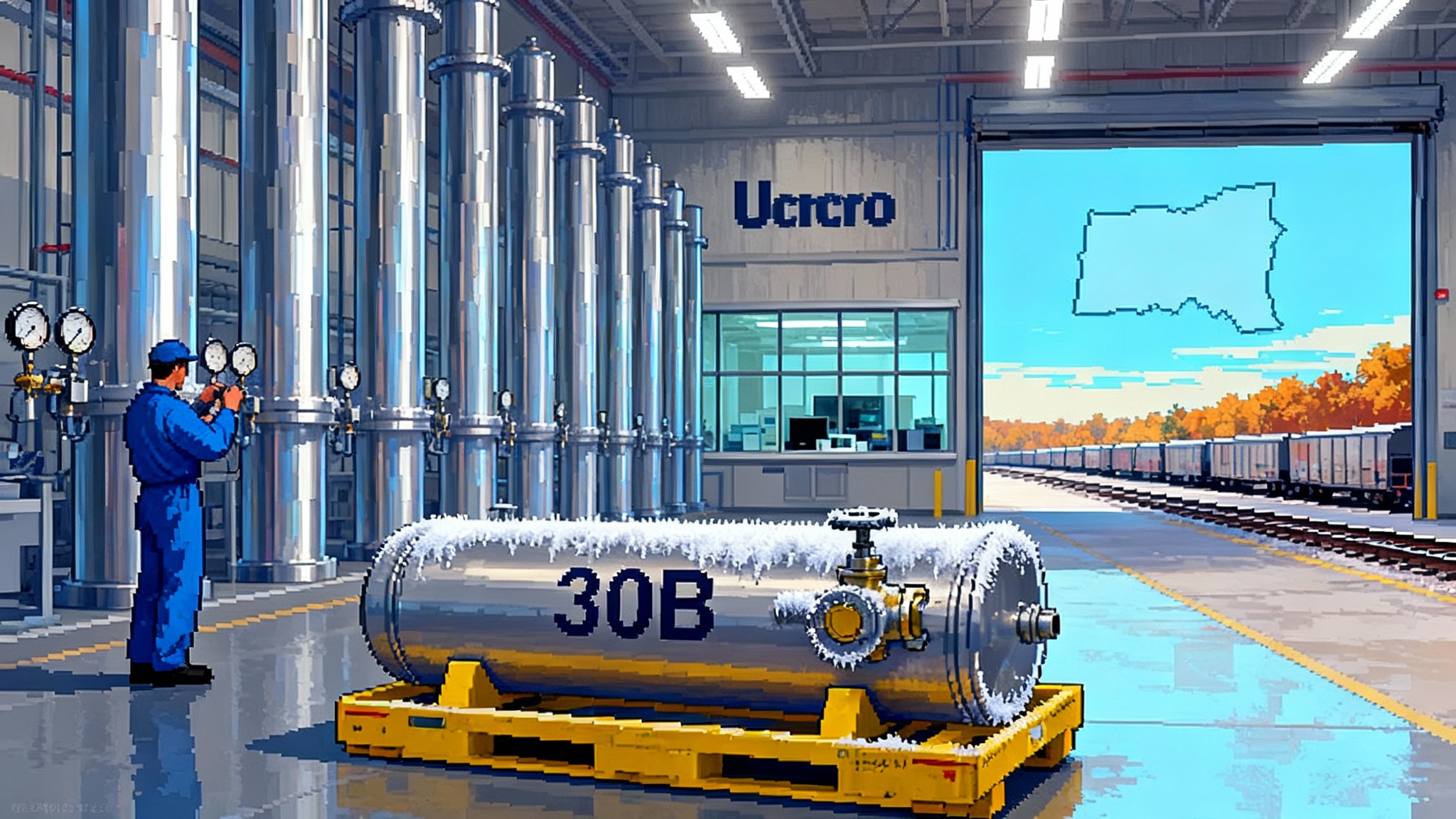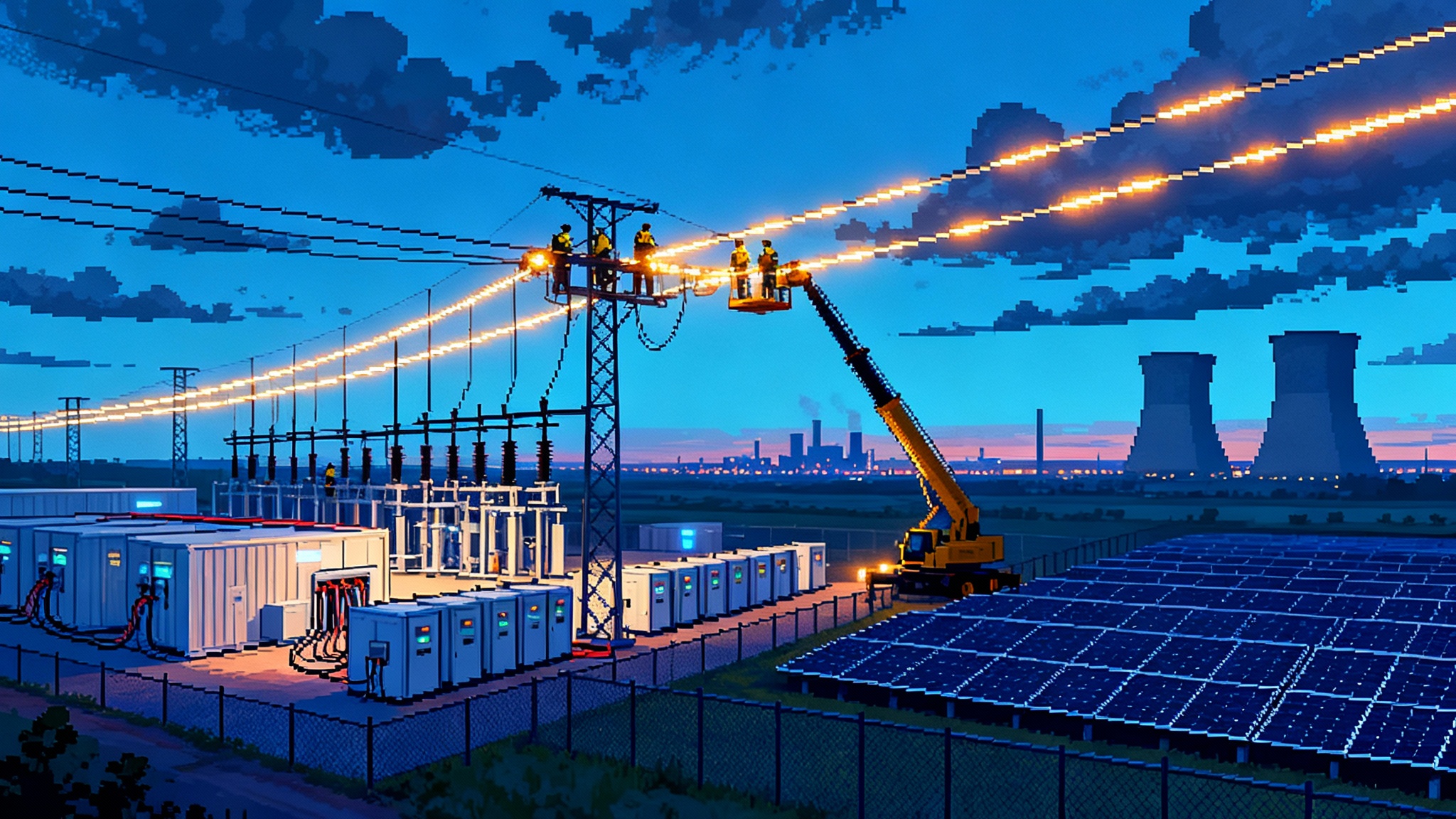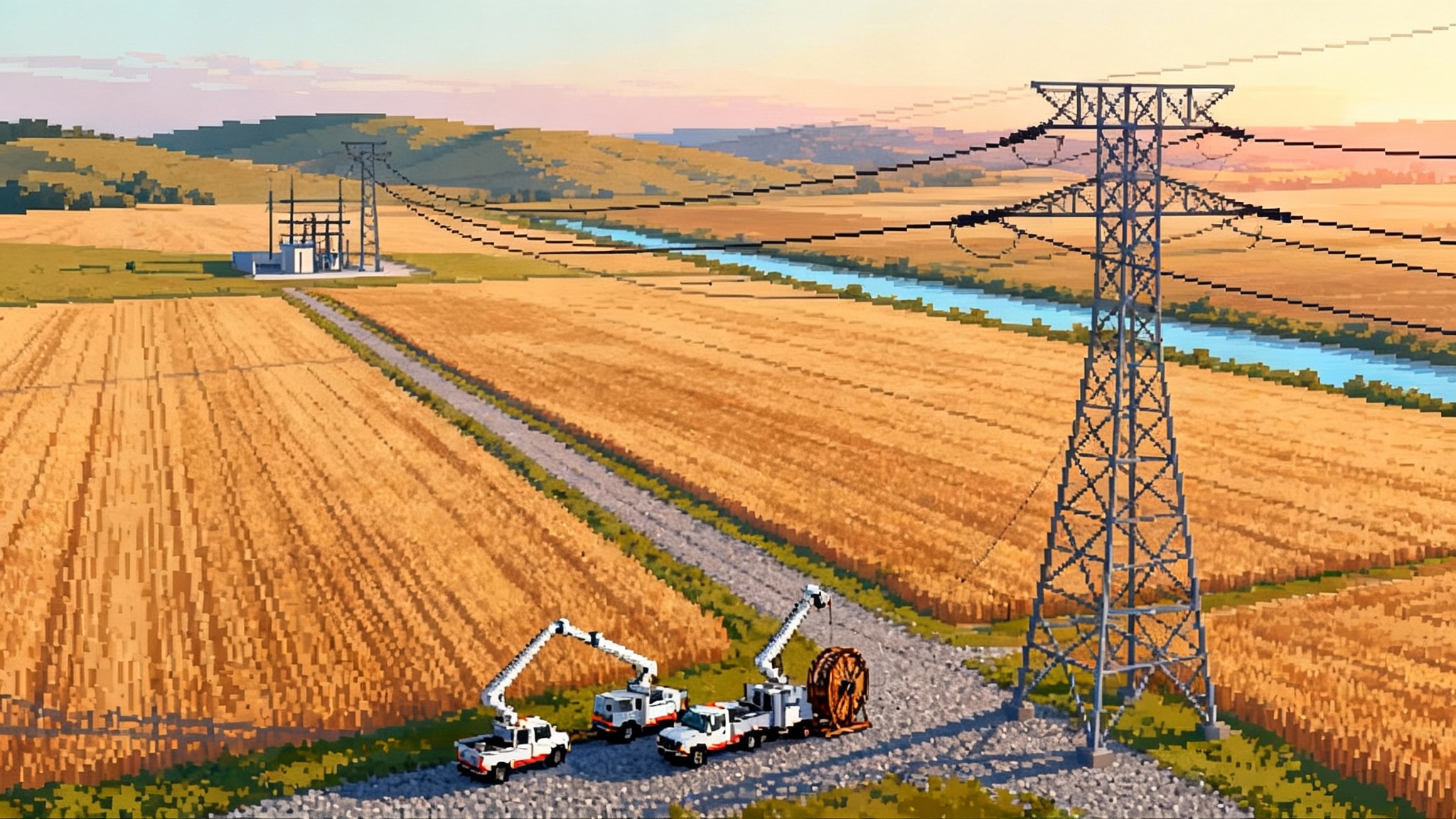Tariff Shock 2025: How U.S. Solar Supply Just Flipped
Spring decisions locked steep duties on Southeast Asian panels, then late-summer probes widened to India, Laos, and Indonesia. The market is pivoting to domestic and near-shore supply, thin-film is surging, and developers are repricing PPAs to buy certainty.
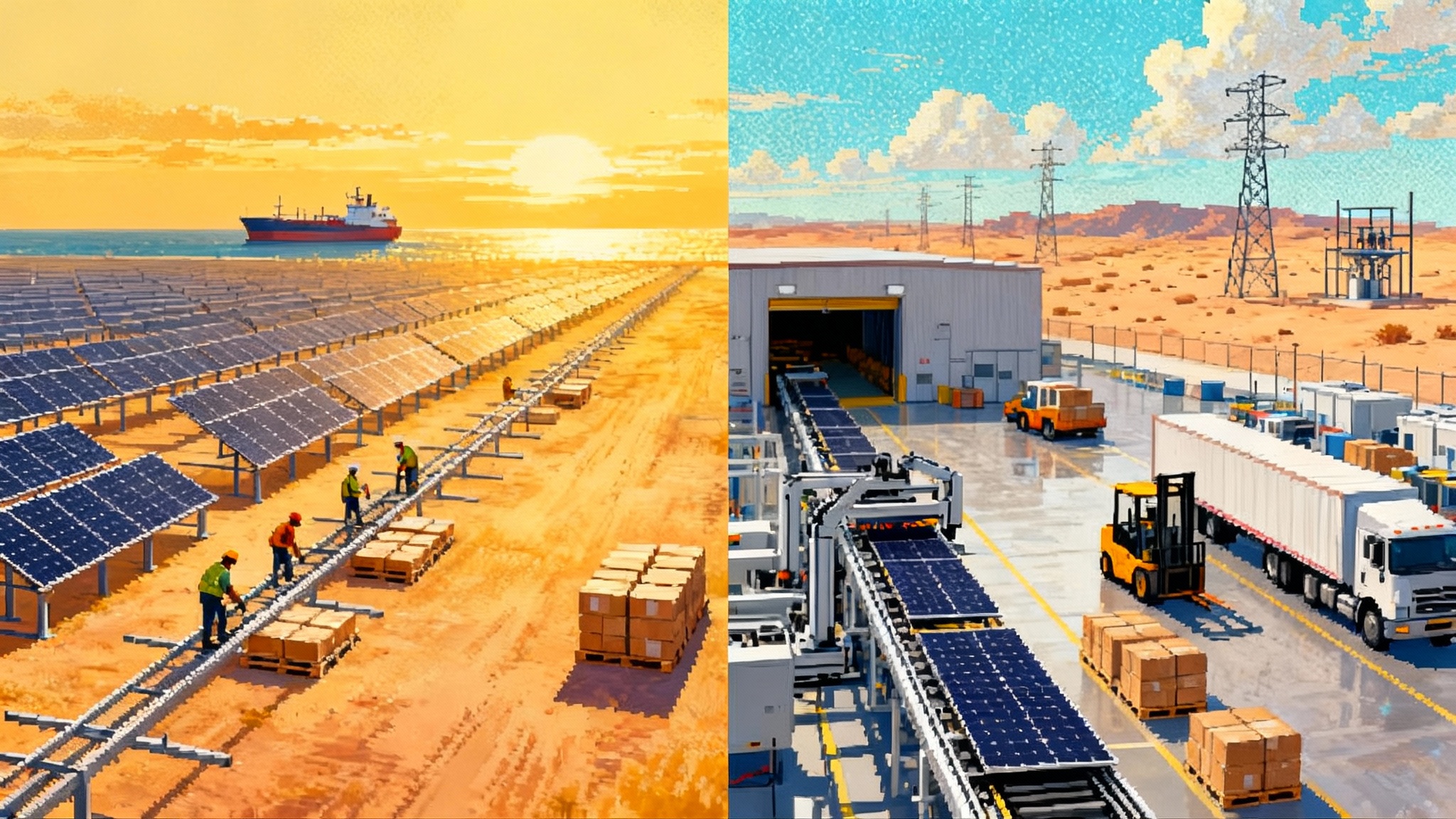
The jolt that changed procurement overnight
In April and May 2025 Washington delivered a one‑two punch to the solar supply chain. The Department of Commerce issued final anti‑dumping and countervailing duty determinations on crystalline silicon cells and modules from Cambodia, Malaysia, Thailand, and Vietnam, and the U.S. International Trade Commission followed with a final injury decision that allowed orders to take effect. As documented in the USITC final injury decision issued May 20, 2025, the era of ultra‑cheap Southeast Asian modules flooding the United States is effectively over.
By early June the trade orders were live. Large developers, grid planners, and EPCs had to redraw 2025 deployment maps in real time. After import flows shifted to new geographies, U.S. trade agencies moved to examine whether growth from India, Laos, and Indonesia was repeating the same pattern. On August 29, 2025, federal authorities signaled they would proceed, according to a Reuters report on August 29, 2025. The industry now faces a broader perimeter of trade enforcement that could lock in over the next year.
Think of the U.S. solar supply chain as a network of rivers feeding a reservoir. For most of the last five years, the four Southeast Asian channels were wide, fast, and shallow on price. The 2025 tariff shock threw boulders into those channels. Water still reaches the reservoir, but it is being forced through new courses, including domestic factories, Mexico, and a handful of alternative Asian sources that may themselves face new scrutiny. For how this interacts with grid constraints, see how Transmission’s make-or-break year shapes project timing.
Who benefits first: thin‑film and new U.S. ingot‑to‑module lines
- Thin‑film manufacturers that do not use polysilicon vault to the front of the line. Cadmium telluride modules are insulated from polysilicon traceability risks and the steepest Southeast Asian duties. This matters most for utility‑scale projects that prize predictable delivery and domestic content eligibility.
- Fully or largely domestic crystalline silicon supply chains start to receive the orders they have been staffing up to win. Qcells’ integrated complex in Georgia, which brings ingot, wafer, cell, and module under one roof, becomes a market stabilizer. The firm’s growth, backed by a Department of Energy loan guarantee and a phased ramp in Cartersville, gives buyers a path to bonus credits tied to domestic content once volumes scale.
- New or expanded module assembly plants in Texas, Ohio, Alabama, North Carolina, Arizona, and Florida are now squarely in the procurement mix for 2026 and 2027 deliveries. Several plan to add cell capacity by 2026, which is the choke point for higher domestic content thresholds.
There is a second‑order effect. With fewer imported crystalline silicon options landing at prior prices, the price gap between thin‑film and imported modules narrows. That lifts thin‑film’s share in regions with ample land and sun, especially in the Desert Southwest and Texas, because design teams can lean on higher capacity factors and less stringent traceability documentation.
Who is scrambling: utility‑scale developers and EPCs mid‑pipeline
No one is more exposed than teams that already locked land, interconnection, and construction slots but had not finalized module supply for 2026. Their work over the next six months falls into four buckets:
-
Procurement triage. Modules that looked competitive in January 2025 are being repriced or replaced. Some developers pull forward deliveries from domestic suppliers at higher prices, trading dollars for certainty. Others split procurement lots among three vendors to preserve optionality as additional trade cases advance.
-
Contract surgery. EPCs are reopening balance‑of‑plant scopes to accommodate different module formats, frame thicknesses, and stringing strategies. Changing from a 72‑cell n‑type module to a thin‑film format can ripple through tracker counts, foundation design, and inverter loading ratios.
-
PPA housekeeping. Power purchase agreements that assumed a given COD, production profile, and merchant tail are being revisited. In markets with flexible buyers, developers negotiate price escalators, milestone adjustments, or curtailment sharing. Where buyers are inflexible, projects shift right on the calendar or drop out of queues. With demand rising, AI’s power crunch is reshaping load, which further rewards delivery certainty.
-
Working capital and lead times. With new suppliers and longer domestic queues, developers must increase deposits and carry more inventory. That ties up capital and forces tighter cash forecasting.
The next 18 to 24 months: how the fallout shows up
- Module price volatility will persist into mid‑2026. Prices will not march in a straight line, but the floor set by trade orders and compliance costs is higher than 2023. Alternative import channels can temper spikes, but every new case reprices risk into offers. Watch the mix of imported cells versus fully assembled modules. Cells are the fulcrum of domestic content math and of future case targeting.
- PPA repricing becomes common in corporate markets that can absorb risk. Aggregators and large buyers are already accommodating tariff clauses and milestone cushions. Expect modest quarter‑over‑quarter price upticks in tighter markets, with larger swings where interconnection queues are constrained and buyers need delivery certainty for 2027 loads.
- Domestic content strategies harden from marketing lines into procurement checklists. Teams that can certify domestic steel and iron, secure manufactured product percentages on inverters and trackers, and line up modules with U.S. cells will pick up an extra ten percentage points on the ITC or PTC where rules are satisfied. The practical playbook: audit every bill of materials line item, select suppliers with templated documentation, and model two parallel cases that either hit or miss the threshold so the PPA can be structured around both outcomes.
- Tighter UFLPA enforcement will shape sourcing through 2027. Customs has broadened the entity list and deepened documentation asks down to quartzite and metallurgical silicon. Even goods assembled outside of China face detention if polysilicon chain of custody is unclear. This is a timeline risk, not just a headline risk.
The new map of supply: domestic and near‑shore
Here is what the next two build seasons are likely to look like for 2026 and 2027 deliveries.
- Thin‑film anchors the schedule. Developers pencil thin‑film for half or more of 2026 utility‑scale portfolios in sun‑rich regions, then fill the rest with domestic crystalline where the layout demands it. Interconnection and site constraints often decide the split more than price alone.
- Modules from U.S. assembly plants are the second pillar. Ohio, Alabama, Texas, North Carolina, Arizona, and Florida lines are feeding a growing share of orders. Where those factories source cells domestically, projects can layer in domestic content credits. Where cells still come from abroad, developers bank the assembly advantage and hit other domestic thresholds on trackers, racks, and inverters.
- Near‑shore supply grows with caveats. Mexico and Canada will play a larger role for finished modules and some subcomponents. The advantage is logistics and lead time. The risk is that cell origin still matters for domestic content math and forced labor compliance.
- The Southeast Asia to United States path shrinks. It does not disappear, but where it remains it is concentrated in named producers with lower final duty rates and in specialized products that are hard to replace in the domestic catalog. Any residual volume is priced with a tariff and detention risk premium.
What buyers should do now
- Lock in domestic slots even if it means staggered delivery. If you need 400 megawatts of modules over 2026 and 2027, reserve half now with clear call‑off windows and penalties for late delivery. Make the other half a ladder of options tied to future trade outcomes.
- Require traceability packs as a condition of award. Ask for cradle‑to‑gate documentation from quartzite through polysilicon, ingot, wafer, cell, and module. Specify that the supplier funds third‑party audits and provides English‑language certificates of origin and transport for each upstream leg. Tie documentation milestones to payments.
- Re‑underwrite your PPA for volatility. Add tariff pass‑through language where you can. Use price collars and step‑ups matched to construction milestones rather than a single flat strike. Where a buyer’s load grows after 2027, create optional blocks that can be exercised later. Some buyers also hedge with demand‑side flexibility using virtual power plants in 2025.
- Build a domestic content dashboard. Map every item that counts under the bonus rules, assign confidence scores, and track certificate expirations. Treat it as a go‑no‑go gate in your engineering change process.
- Model alternative module formats early. If your site can accept either 550‑watt silicon or a larger thin‑film format without civil redesign, lock in both in your layout.
What manufacturers and EPCs should do next
- Standardize compliance packets. Offer a single‑click download that includes traceability, domestic content attestations, and past detention outcomes. The product that saves a developer two weeks of compliance work will often beat a slightly cheaper offer that does not.
- Pre‑qualify substitutions. Publish a list of second‑source components for racks, trackers, and inverters that preserve domestic content math. EPCs can then swap without reopening the entire contract.
- Coordinate logistics for detention risk. Stage modules in bonded warehouses near ports with rapid response teams that can deliver additional documentation within 72 hours. For higher‑risk origins, split shipments so that a single hold does not stall an entire project.
Five signposts to watch through 2027
- Ramp speed for U.S. cell and wafer capacity. Ingot and wafer are the hardest steps to onshore at scale. The pace from trial to volume will determine whether domestic content bonuses become common or remain niche.
- Outcomes of probes into India, Laos, and Indonesia. If duties are imposed, imported crystalline options tighten again in late 2026 and 2027. If not, these sources become a pressure valve on price.
- Intensity of UFLPA enforcement. More entities on the banned list and deeper documentation demands will make robust traceability a standard feature of every module offer.
- PPA pricing trends. Expect modest but persistent upward pressure in most wholesale regions. The more constrained the interconnection queue, the greater the premium for delivery certainty.
- Balance‑of‑system and grid bottlenecks. Transformers, breakers, and interconnection timelines will matter more than module price in many counties. Align equipment lead times with module delivery.
A quick scorecard: winners and strivers
- Clear near‑term winners: thin‑film module makers, vertically integrated U.S. silicon players, and domestic tracker and racking suppliers that help projects clear domestic content thresholds.
- Emerging winners: near‑shore assemblers with clean traceability and flexible formats, plus U.S. cell makers that scale in 2026. Their value is documentation and schedule, not just price.
- Strivers under pressure: utility‑scale developers without locked module positions and EPCs tied to single‑format layouts. They can still succeed with contract agility and early design flexibility.
The bottom line
The tariff shock of 2025 did not halt U.S. solar growth. It rewired it. The next two years will reward teams that buy certainty, not only low price. That means mixing thin‑film and domestic crystalline lines, treating documentation as part of the product, and writing PPAs that can flex as trade and enforcement evolve. The grid needs the gigawatts, and projects that plan for volatility will capture the tax credits they model today and come online close to schedule.

